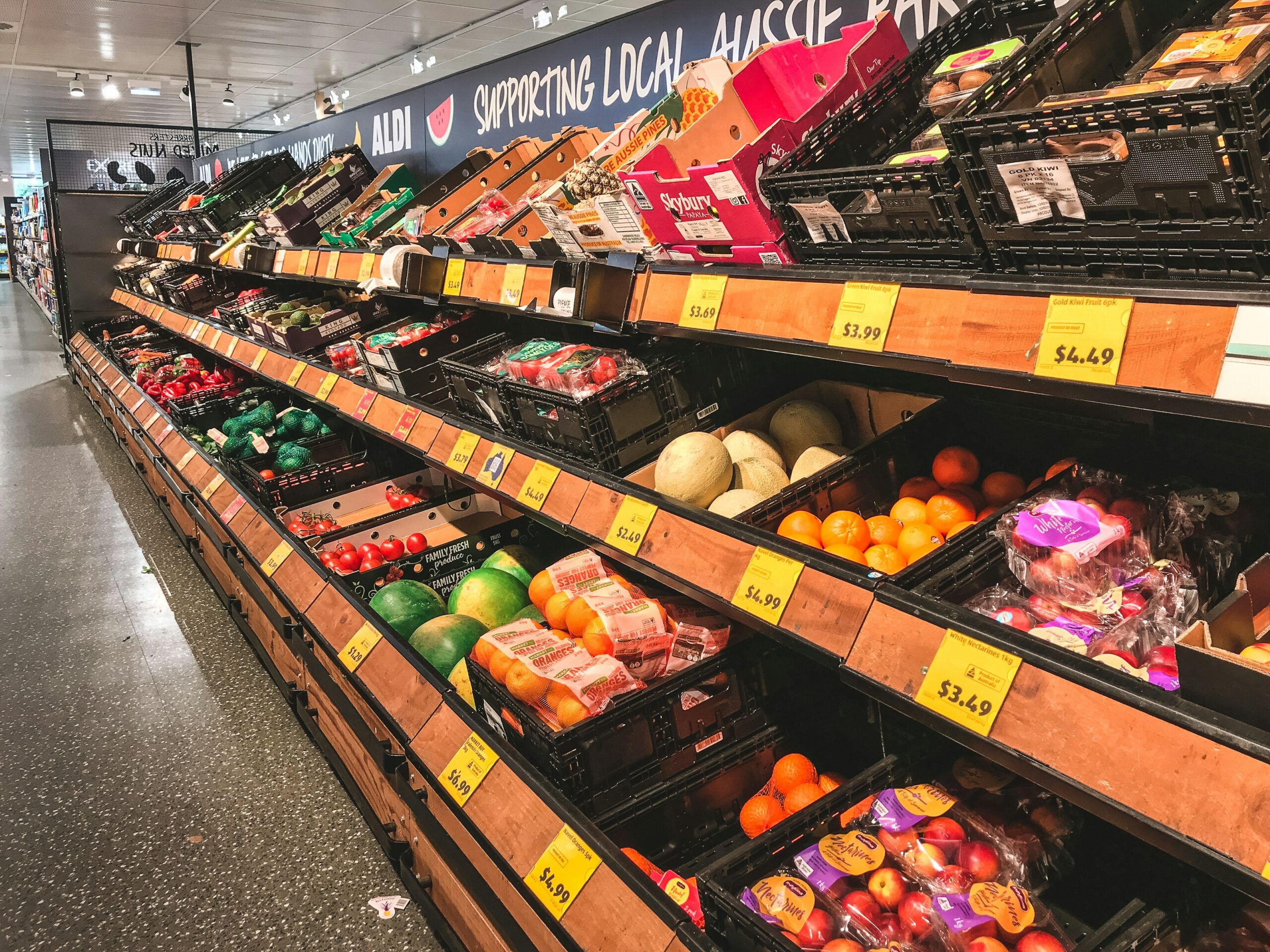At the moment, investor attention is focused on Walmart’s fiscal first earnings report, delivered last week. From the company’s perspective, the news was almost uniformly positive.
Both earnings and sales handily topped Wall Street estimates. Revenue in fact grew more than two percentage points faster than analysts projected – a significant beat given the size of Walmart’s revenue base and the coverage the company receives. Walmart stock jumped 7% on the news, and trades at an all-time high.
But it’s also worth looking at an event that happened four months earlier. At CES, the world’s largest technology trade show, the keynote was given not by the head of a semiconductor manufacturer or the developer of an AI platform, but by Walmart and its CEO Doug McMillon. That keynote highlighted just how aggressively Walmart is using technology to shape its business.
All-in on Tech Investments
In Sam’s Club, Walmart announced AI-based technology that would allow customers to check out without human verification of their receipt. By the end of April, the chain had already instituted the offering in about 20% of its locations. The company noted in a press release that the implementation “comes as other retailers have struggled to deploy similar tech at scale, with some abandoning efforts.” This no doubt was a dig at rival Amazon, which weeks earlier had removed similar technology from its Amazon Fresh stores.
Walmart’s app has received multiple upgrades. For general merchandise, the retailer is adding ‘virtual try-on’ for clothing and ‘view in home’ for furnishings. GenAI is powering search: McMillon noted that users could now search for “Super Bowl party” and be directed to chicken wings, chips, and other items, instead of browsing for multiple products individually.
McMillon talked up the company’s drone delivery, though clearly the project is in its early days. The CEO claimed 20,000 deliveries had been made – but over two years, suggesting about 27 per day (and less than one for each of the 37 ‘hubs’ the company has created). Still, with about 90,000 SKUs suitable for drones, that effort over time may become material.
And on the back end, Walmart is using machine learning to unify disparate supply chains (built for its legacy business, then grocery, and then e-commerce) and redirect inventory. Notably and somewhat surprisingly, McMillion did not discuss his company’s aggressive efforts in warehouse automation. Walmart has partnered with Symbotic, a leader in the field, and Symbotic’s results highlight just how fast Walmart is moving, and how much the company is spending.
Over the past four quarters, Symbotic has generated $1.5 billion in revenue. Walmart accounts for well past 80% of that total. Symbotic’s role in Walmart’s efforts has sparked huge optimism among investors: the company now has a market capitalization of $23 billion. To put that into context, largely on the basis of a single (if large) contract with Walmart, Symbotic is worth more than Albertsons, even accounting for the value of the latter company’s debt.
Retail Outlook
Walmart’s fiscal Q1 results do provide some comfort for rivals in terms of inflation: the company cited just low single digit in grocery, and in fact deflation in general merchandise. And clearly, in grocery and beyond, the consumer is still reasonably strong, even if management did cite continued, and not-unexpected, pressure at the lower end.
Overall, there is concern for Walmart’s competitors. The company continues to take market share in grocery, and the massive investments in technology suggest it can go even further.
It’s difficult to see how mid-sized chains, let alone independent grocers, can compete with supply chain software that redirects a pallet of strawberries to where demand is highest (an example management highlighted at CES), or to an app that minimizes user effort and provides upsell opportunities.
On the whole, Walmart is hardly moving like a lumbering incumbent, but rather at a pace more like that of a startup. That seems a terrifying prospect for the rest of the industry.
Walmart already has the advantage of massive scale: its sales, incredibly, are about 2.4% of U.S. gross domestic product. Quite often, however, size and incumbency are a negative; bureaucracy and stasis allow more nimble competitors to innovate and take market share.
Right now, however, it’s Walmart that is leading the industry in innovation. If rivals can’t keep pace, Walmart will continue to lead in everything else as well.
Editor’s note: Vince Martin is an analyst and author whose work has appeared on multiple financial industry websites. He’s the lead writer at Overlooked Alpha, which offers market-wide and single-stock analysis every week.
Click the play button above to listen to the episode.
How are foodservice consumers contending with persistent inflation? Are they eating more at home, for example, or continuing to treat themselves at their favorite restaurants? The latest episode of The Food Institute Podcast examines that topic with Krystle Mobayeni of BentoBox, who dissected rapidly evolving consumer dining dynamics.












